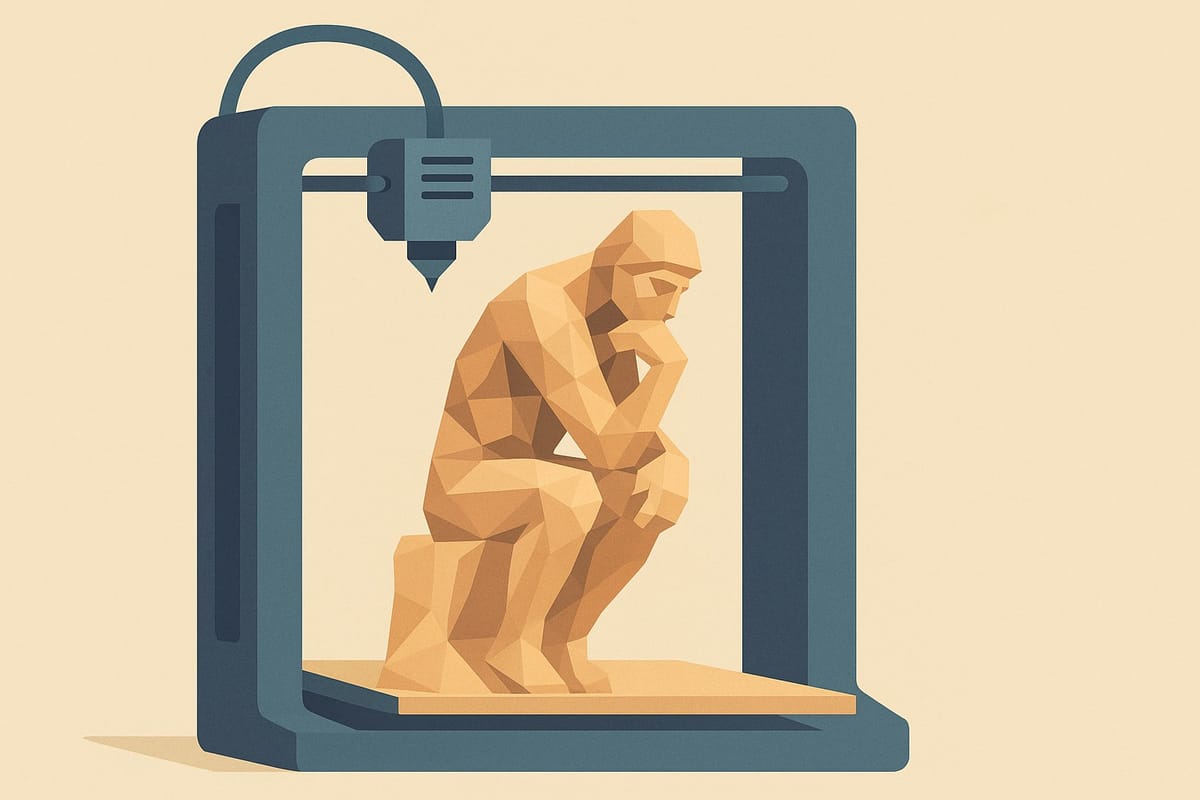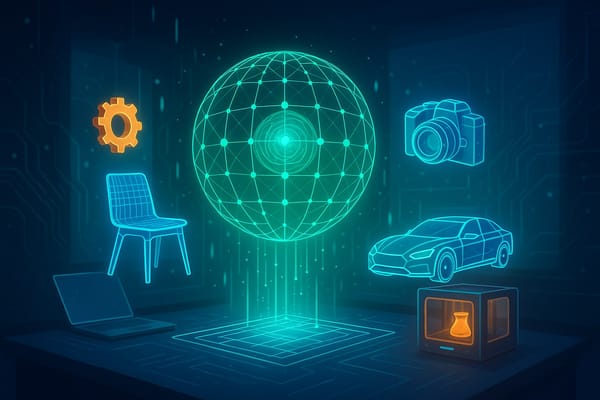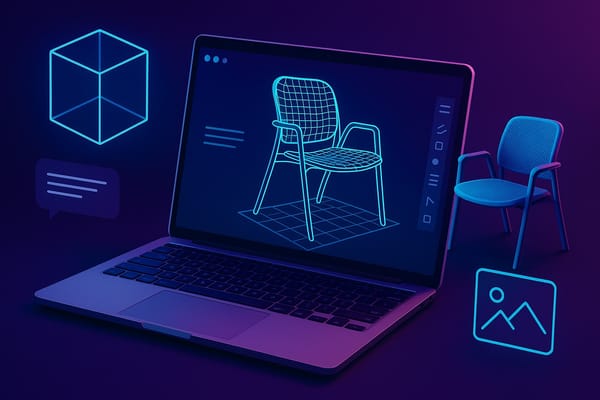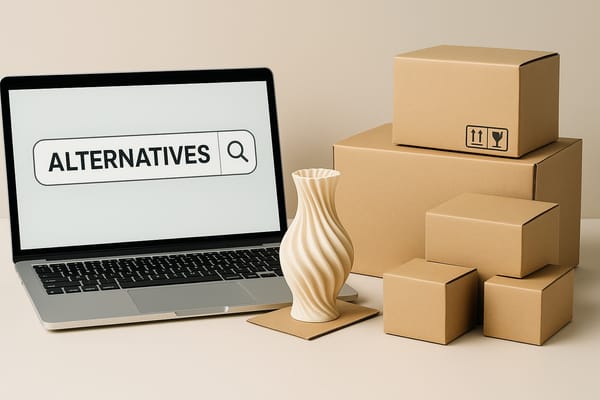Mastering PrintPal’s Text/Image‑to‑3D Model Settings

Generate the exact 3D asset you imagine - every time.
Our Text/Image‑to‑3D page gives you direct control over how the AI engine turns a prompt or reference picture into a printable mesh. This guide explains every knob and dial so you can balance speed, fidelity, and file size like a pro.
1 · Model Settings
● Model Quality
| Option | What it Does | When to Use |
|---|---|---|
| Default - Fast | Runs the network at its baseline resolution and minimal sampler passes. Turnaround: ~15 s. | Early ideation, rapid A/B testing, thumbnails. |
| Ultra Quality | Doubles internal resolution and adds sampling steps. Turnaround: ~45 s but captures finer edges and smoother curvature. | Final production assets, marketing renders, client deliverables. |
Tip: Start in Fast, tweak your prompt until the silhouette feels right, then switch to High Quality for your keeper.
● Export Format
| Format | Typical Use‑Case | Notes |
|---|---|---|
| STL (default) | 3D printing, slicer pipelines | Pure geometry - no color, ideal for FDM/SLA. |
| OBJ / GLB (coming soon) | Real‑time engines, AR viewers | Includes UVs and (soon) vertex colour. |
Choose the format that best fits your downstream pipeline. STL is safest for fabrication; keep OBJ/GLB for game or web.
2 · Advanced Settings
Fine‑tune generation under the hood. Defaults suit 95 % of cases, but tweaking can unlock extra detail or faster turnaround.
Inference Steps
- Default: 10 | Range: 1 – 50
Every step is a refinement cycle in the diffusion sampler. More steps → cleaner surfaces & sharper micro‑detail, but render time scales roughly linearly.
| Steps | Detail | Time (seconds) |
|---|---|---|
| 10 | Default | 10 |
| 30 | More refined | 25 |
| 50 | Finer details | 40 |
*Time relative to default on an RTX 4090.
Guidance Scale
- Default: 5.0 | Range: 0 – 15
Controls how closely the model obeys your prompt vs. exploring creative latitude. Higher values anchor geometry to your words; lower values encourage variation. - 2 – 4: loose, abstract concepts (e.g., “fluid sculpture”).
- 5 – 7: everyday objects (default sweet spot).
- 8 – 10: highly specific parts.
Resolution
- Default: 256 | Options: 128 – 512
Controls how much detail to sample. This is the most important setting for generating higher detail models. Doubling resolution quadruples generation time.
| Resolution | Typical Output |
|---|---|
| 256 | Stylised, chunky toys |
| 384 | Standard props & figurines |
| 512 | Intricate jewellery & miniatures |
Mesh Chunks
- Default: 8000 | Range: 1000 – 20 000
Meshes are exported in chunks. More chunks → denser triangles in final STL; fewer chunks → faster export & lighter files. - < 5000: drafts, AR previews (< 2 MB).
- 8000 (default): balanced print quality (≈2MB).
- > 12 000: higher detail/larger models (> 2MB).
3 · Workflow Cheatsheet
- Prototype quickly ↳ Fast quality · Steps 10 · Res 256.
- Lock the design ↳ High quality · Steps 30 · Res 384 · Guidance 7.5.
- Final polish ↳ Ultra Quality · Steps 50 · Res 512 · Guidance 7.5.
- Export ↳ STL · Mesh Chunks = 8000.
4 · Troubleshooting & FAQ
- Surface looks jaggy? Increase Resolution first, then Steps.
- Details aren't being captured well? Try increasing Mesh Chunks.
- Long export times? Lower Mesh Chunks or switch to Fast quality for previews.
Final Thoughts
Mastering these settings lets you steer between rapid iteration and manufacturing‑ready precision. Experiment, bookmark presets, and share your best practices with the community!
Last updated: 10 July 2025





